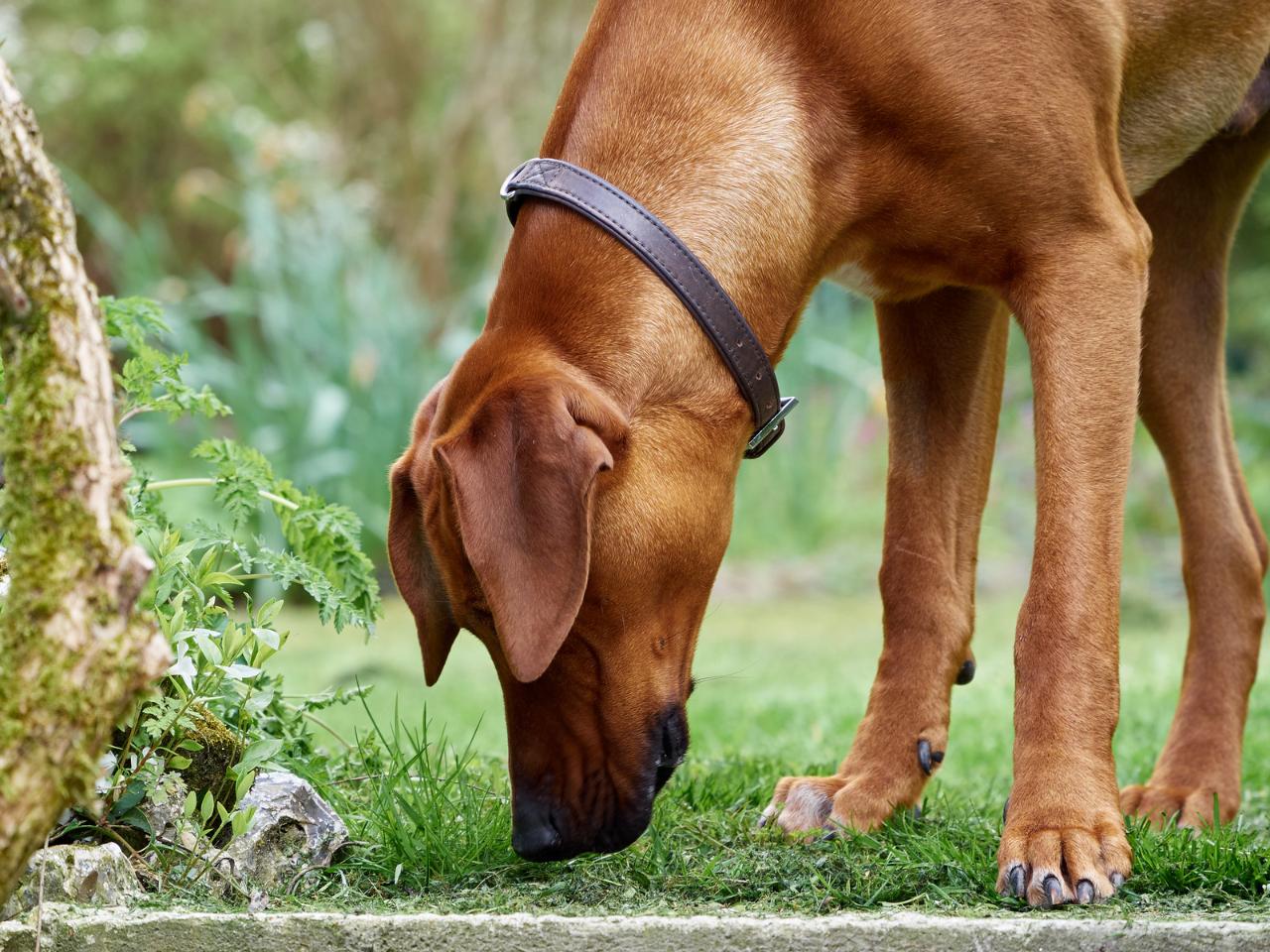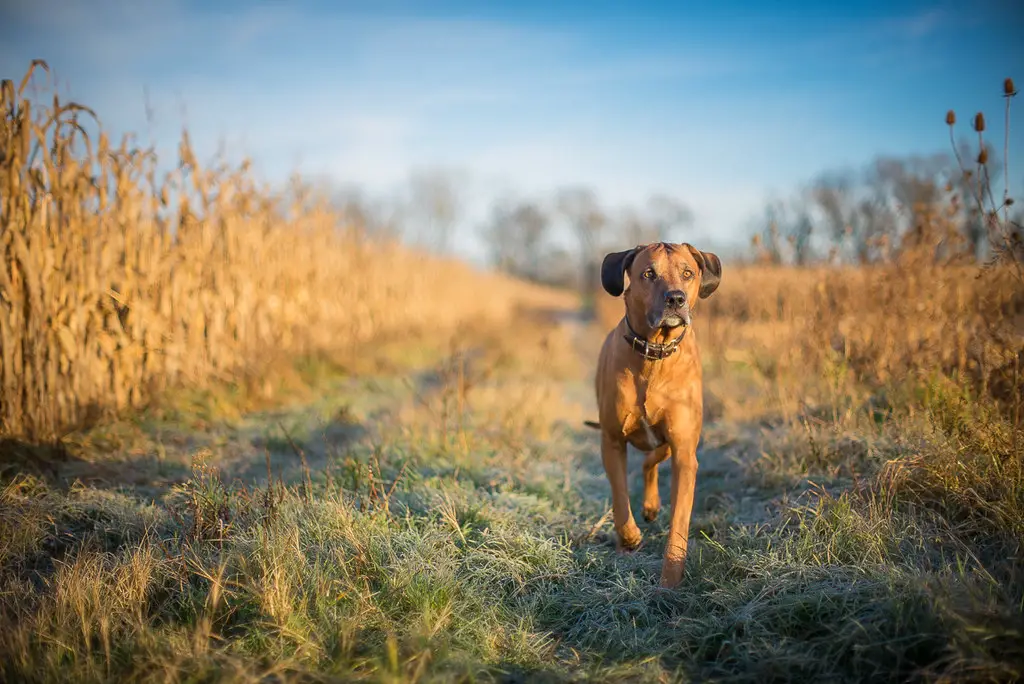#10 Briefly about the training of Rhodesian Ridgebacks: it is difficult, but possible if the training is preceded by a preparatory stage, after which the animal will be more attentive to the requirements of the owner.

For example, it is very important to arouse your pet's interest in toys, as Rhodesian Ridgebacks love to play with each other, not with inanimate objects. In addition, toys are a good help in cases where the puppy needs to be distracted, for example, from biting the owner's hands. However, you should not overdo it with entertainment either: the game should not be protracted and tire the animal. Decide on the boundaries of what is permitted. If you intend to rest on the sofa hugging your pet, just sit a tiny ridgeback on it a couple of times. Those who are not yet ready to share the bed, even with a pet, but still an animal, will have to guard soft horizontal surfaces like the apple of their eye. Once the baby is lying on the sofa, he will always practice it, especially in your absence.
#11 Establishing tactile and emotional contact between a person and a puppy is also a preparatory stage of training.

Teach your baby not to be afraid of your touch, often sit him down next to him, lift him up, passing his hand under his stomach. Team "Come to me!" for 3-month-old babies it is not used, but the pet must come up to the owner's call. If this does not happen, you will have to be cunning, luring the dog with a treat and loudly pronouncing its nickname. Smoothly guide the Rhodesian Ridgeback to the leash introduction. At 3-4 months, the puppy should adequately perceive this accessory and not go crazy when a collar appears on it.
#12 When training, consider the characteristics of the breed.When training, consider the characteristics of the breed.

The Rhodesian Ridgeback has somewhat scattered attention, so prolonged concentration on one subject is torture for him. Reduce the duration of the lessons as much as possible (the best option is no more than 5 minutes) and increase the breaks (from 10 minutes or more). Do not forget to monitor the pet's mood: if the dog shows obvious boredom at the very beginning of training, the classes will have to be temporarily stopped.
